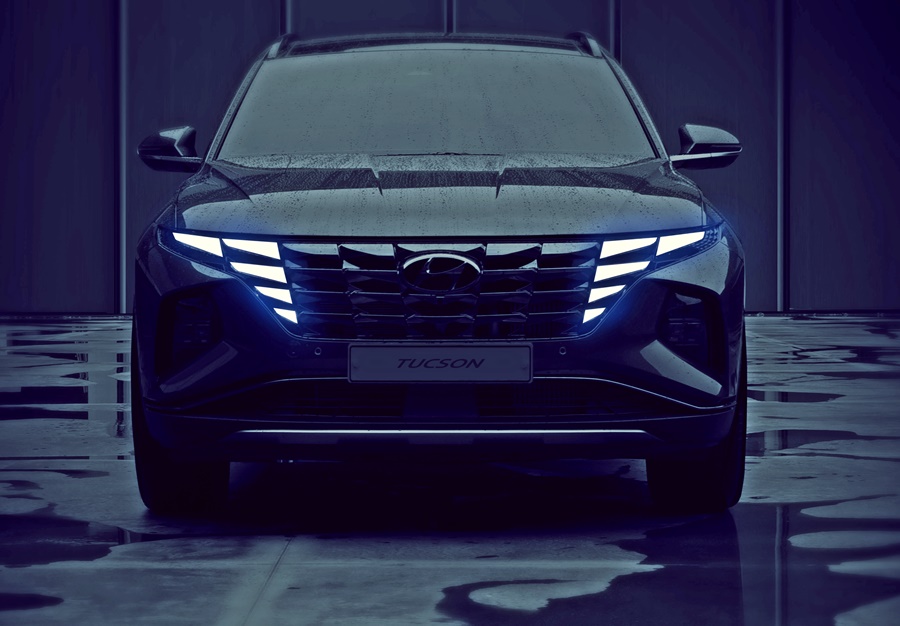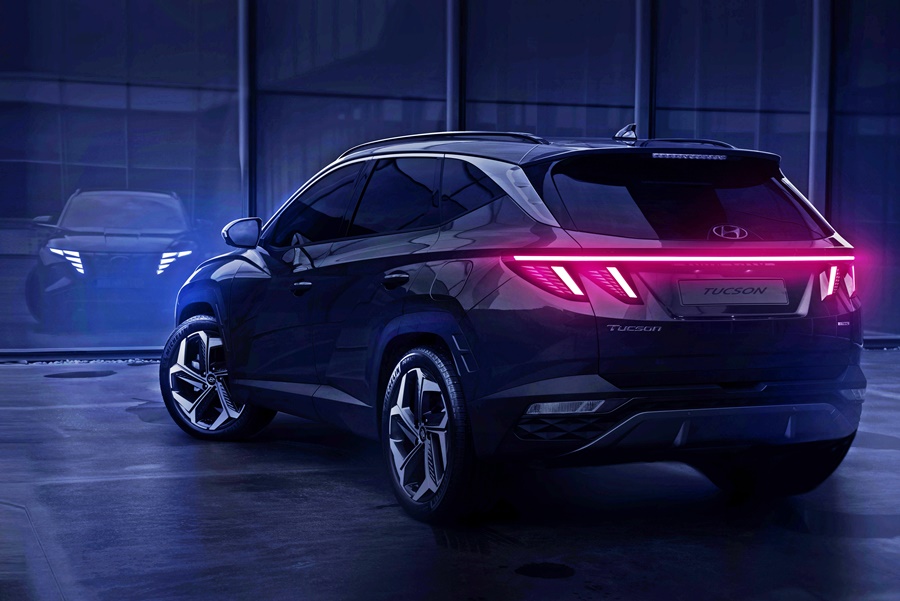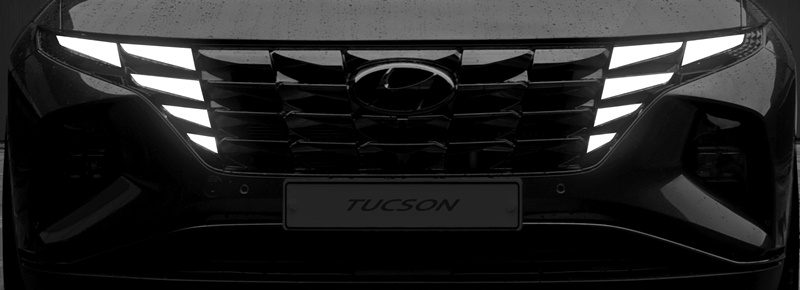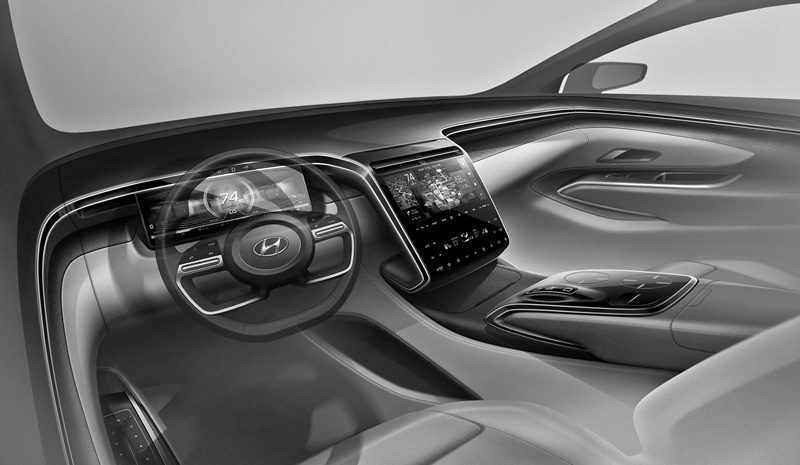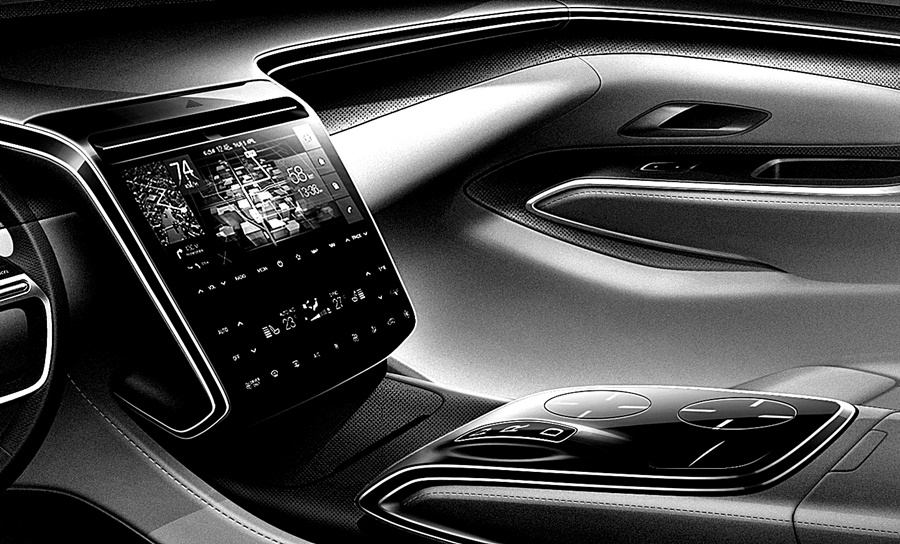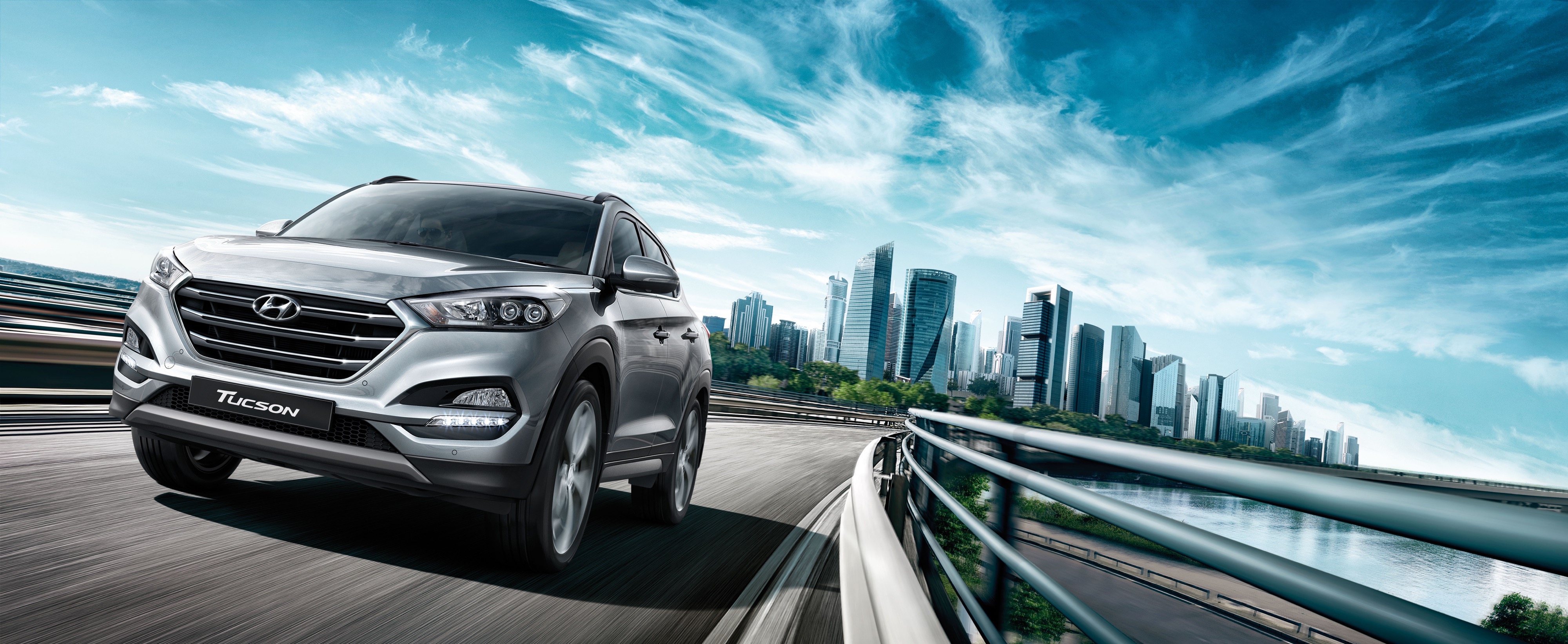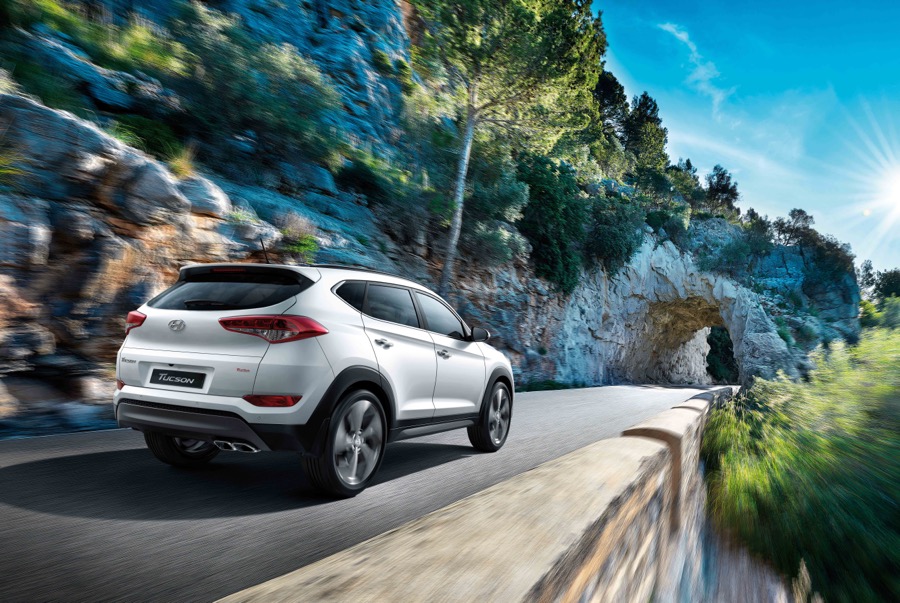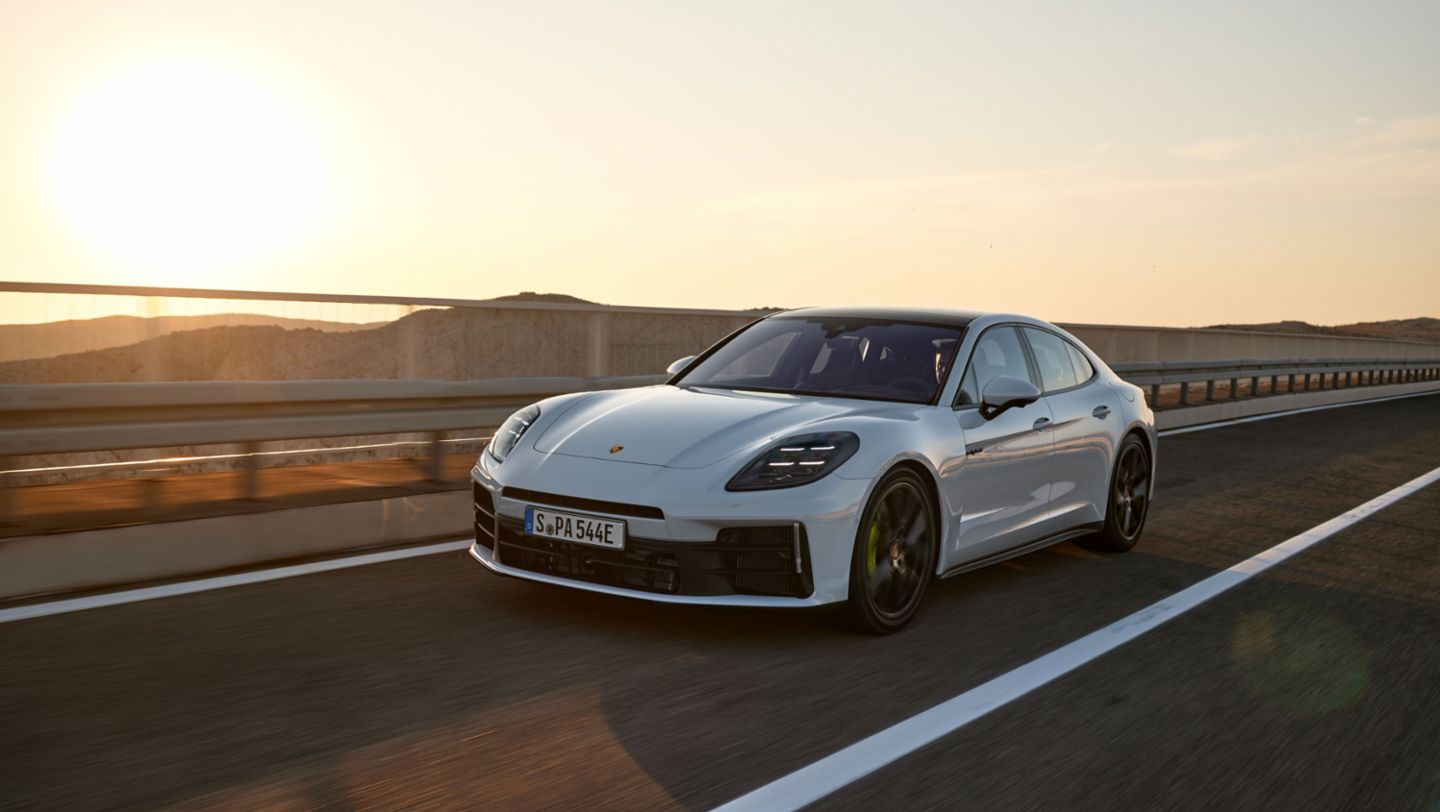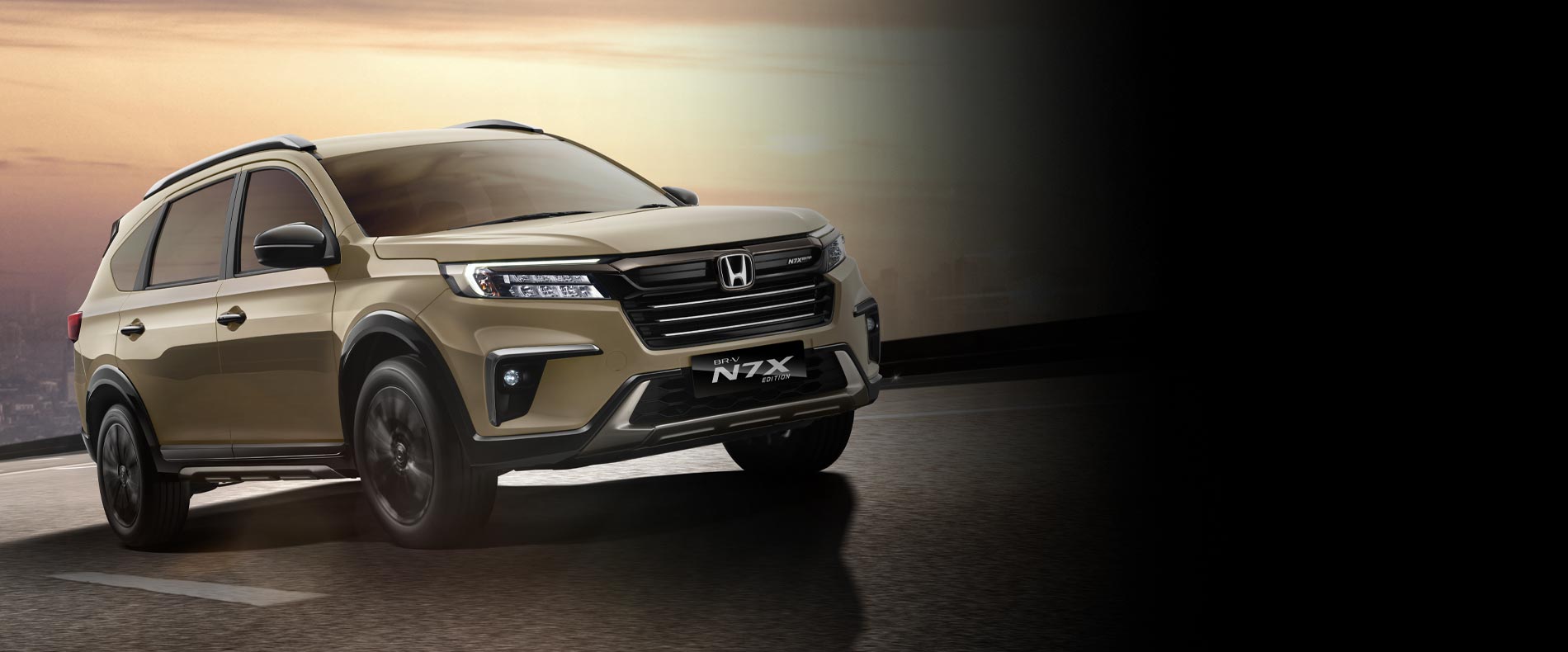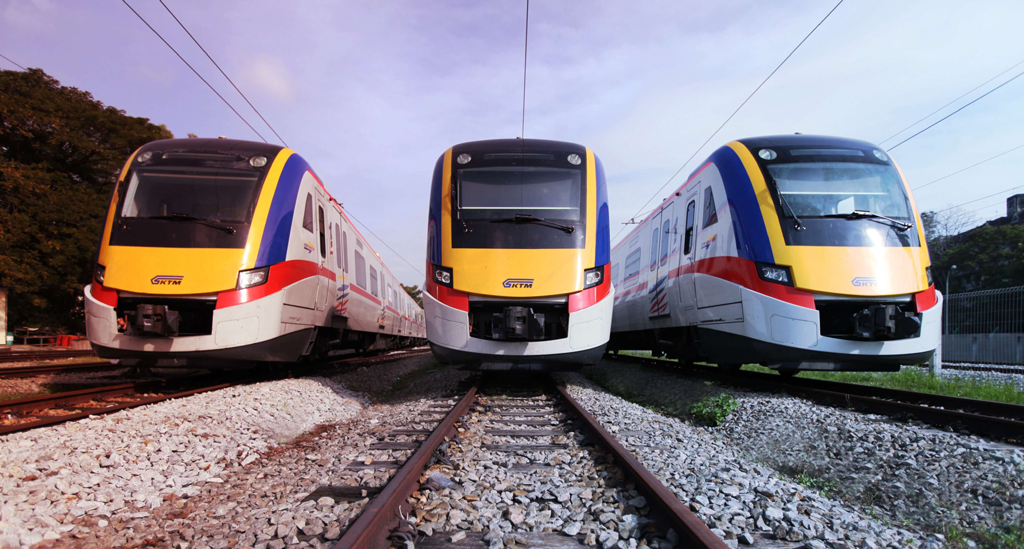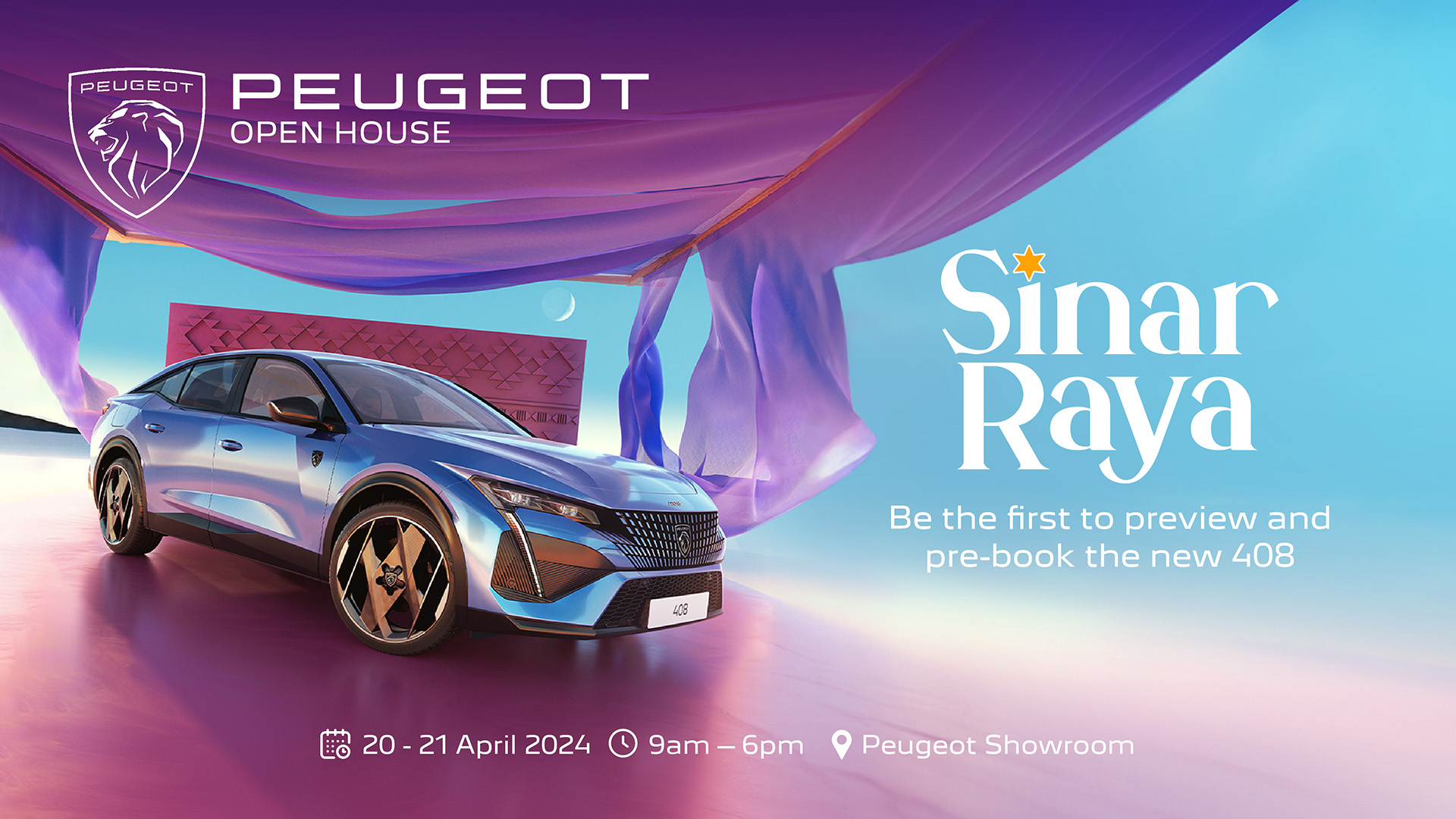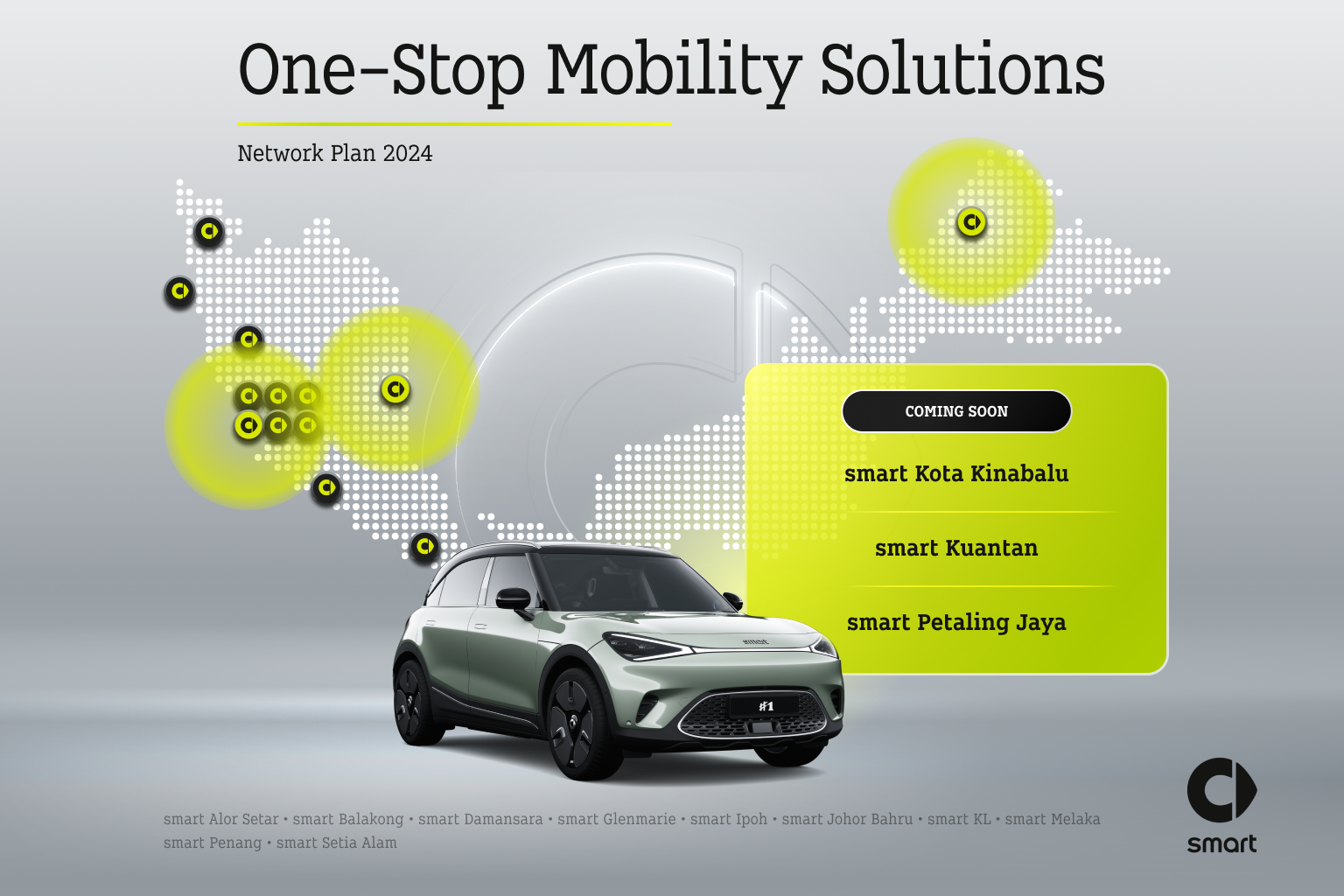Hyundai’s Tucson will start its fourth generation when its world premiere takes place on September 15, 2020. Before then, the company is showing the first official images of its all-new SUV. For this new generation, the Korean carmaker has made major changes to the styling and it will be the first C-segment SUV to be available in two different wheelbases to suit different markets.
Overall, the new Tucson’s body is bigger and wider than before, with a long bonnet and short overhangs on a stretched wheelbase that give it a coupe-like profile. The angular body panels offer yet another interpretation of the parametric design language that Hyundai is now using.
The exterior styling expresses what Hyundai designers call ‘Parametric Dynamics’ with kinetic jewel-like surface details that will have people doing a double take. Chiseled surfaces create a striking contrast between sleek silhouette and masculine wedge, suggesting forward motion even when standing still. The taut athletic shapes merge into angular wheel arches in the typical manners of SUVs.
Parametric Hidden Lights
New design highlights include the latest evolution of Hyundai’s signature headlamp architecture called ‘Parametric Hidden Lights’ and a dual cockpit layout that offers personalized space with a high-tech user experience. The signature daytime running lights (DRLs) are integrated into the jewel-like grille, only revealed when turned on.
‘INTERSPACE’ with an integrated interface
The evolution of the Tucson’s interior layout has led to a lower instrument display and removal of the gauge cluster housing for a decluttered surface. The broad ridge of the dashboard blends seamlessly with the doors, wrapping around front occupants like a deep gorge.
The vertically oriented, fully integrated centre fascia descends to the console like a mighty waterfall. Twin silver garnish lines streaming from the centre fascia to the rear doors harmonize neatly layered premium surface materials in complementary neutral tones.
“The mission of ‘Sensuous Sportiness’ is to elevate the emotional qualities of automotive design. We want our customers to feel moved. With the all-new Tucson, we are introducing its ultimate evolution and a definitive statement about Hyundai’s unstoppable forward momentum,” said SangYup Lee, Senior Vice-President and Head of Hyundai Global Design Centre.

Hyundai Kona to be launched in Malaysia in next quarter of this year


